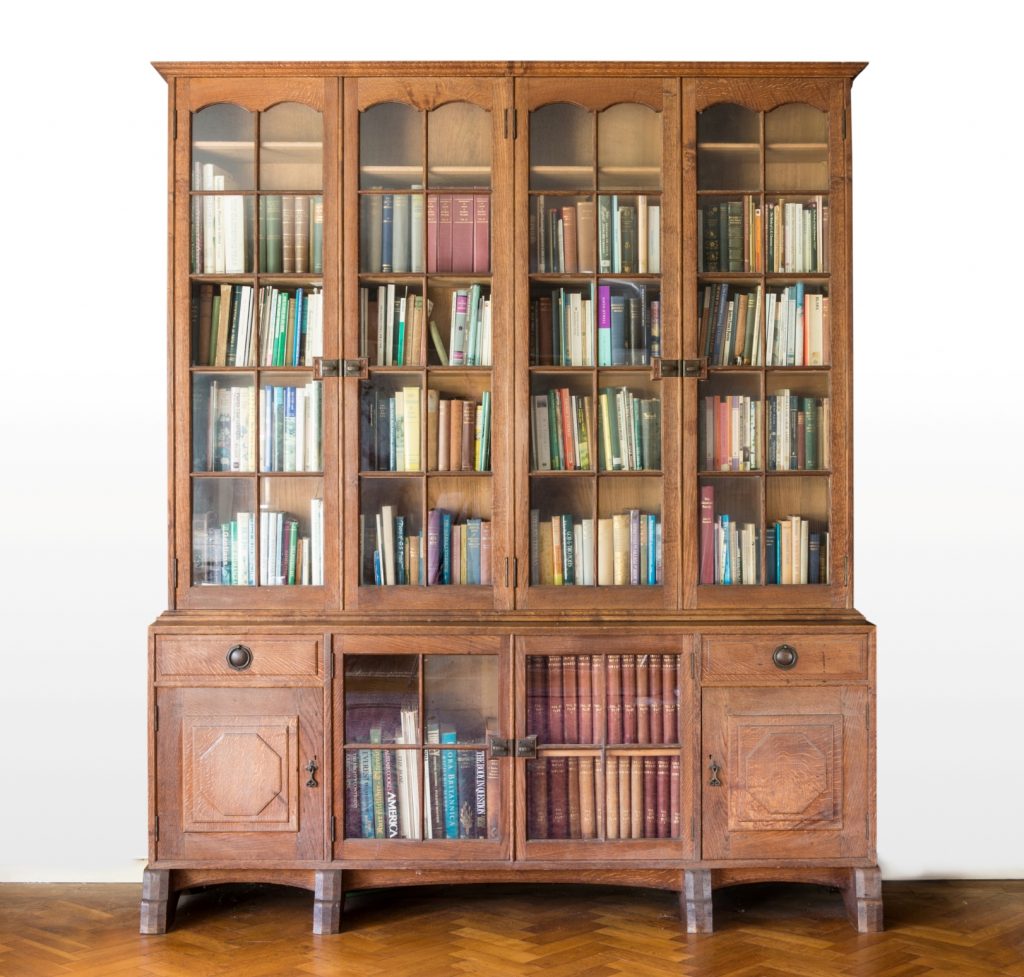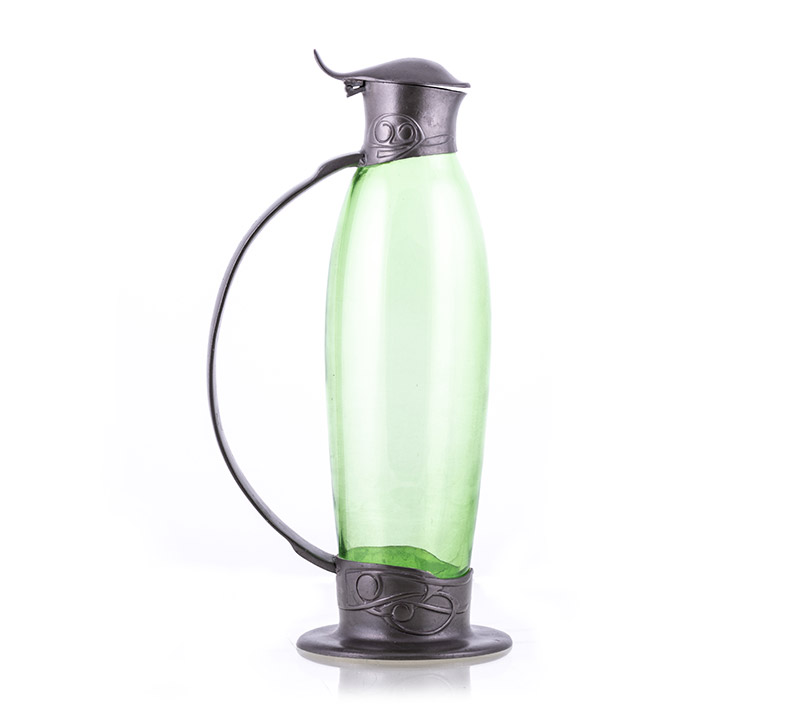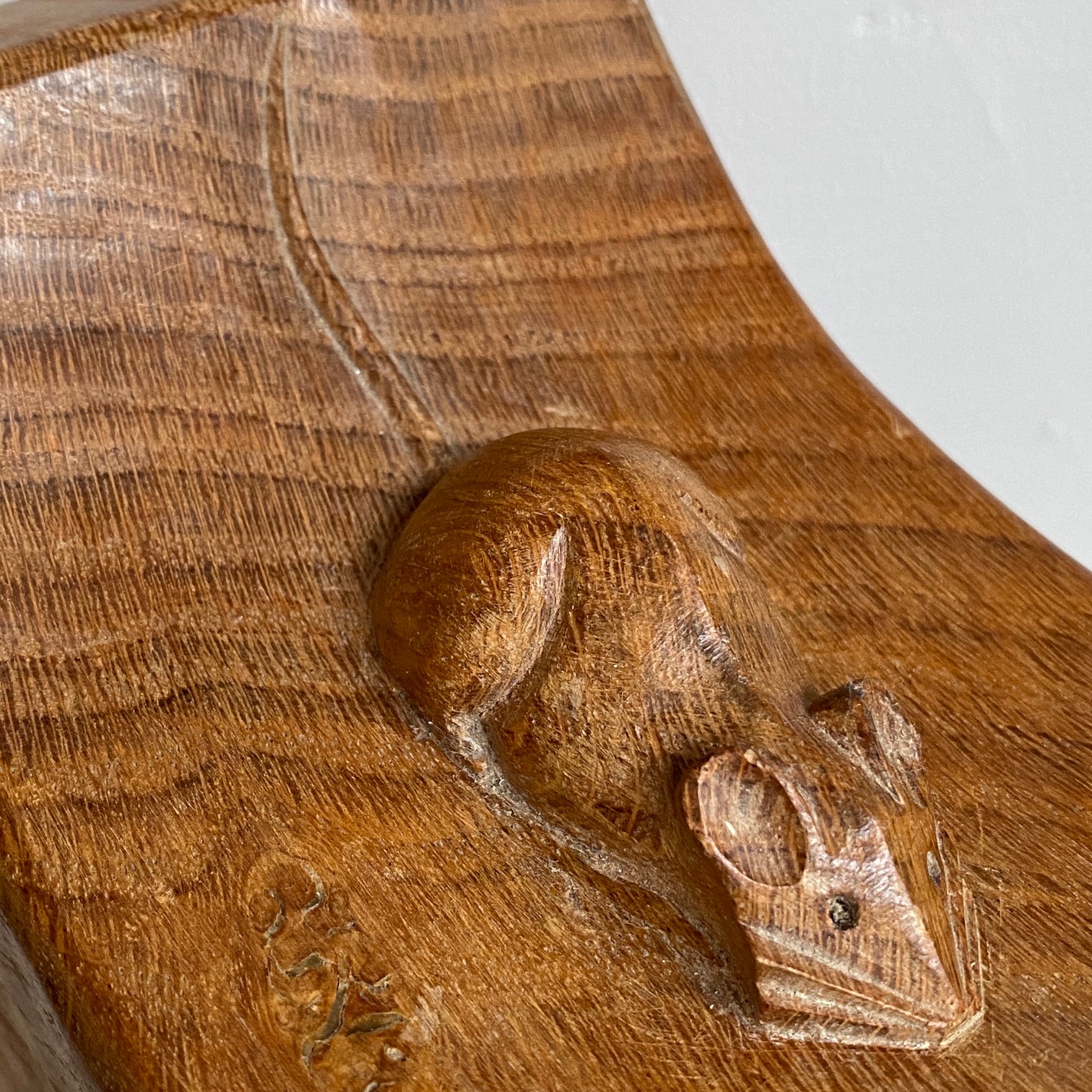William Morris and Morris & Co.
William Morris was truly a significant figure in Victorian Britain across many disciplines. He trained as an architect and became close friends with the Pre-Raphaelite artists Edward Burne-Jones and Dante Gabriele Rossetti , and fellow architect Phillip Webb. He would continue to draw influence and share creative concepts and ideas with such talents throughout his own creative and commercial life. With Webb he designed and built a family home, Red House, in Upton, Kent, which on completion in 1860 became a template for the Arts and Crafts style of architecture. It was a thriving hub of creativity, celebrating the fine and decorative arts created by his social circle. In 1861 he formed the firm Morris, Marshall, Faulkner & Co which focused on a new interior for the 19th century. Morris designed wallpapers, textiles, fabric, furniture, and stained glass for the firm alongside Burne-Jones and Rosetti, amongst others. Their products were quickly embraced and became the height of fashion. In 1871 the firm became simply Morris & Co, which has become synonymous with the designs we now associate with this highly influential designer. In later life he formed the Kelmscott Press at his Oxfordshire home which re-invigorated the private-press movement. Lavishly bound and illustrated publications of medieval tales and poems, alongside his own writings, quickly became highly prized in the literary world, and remain so to collectors today. The Kelmscott Chaucer, published in 1896 was his final masterpiece, he died later that year but his legacy remains forever imprinted in the fabric of Britain and The Arts and Crafts Movement.




